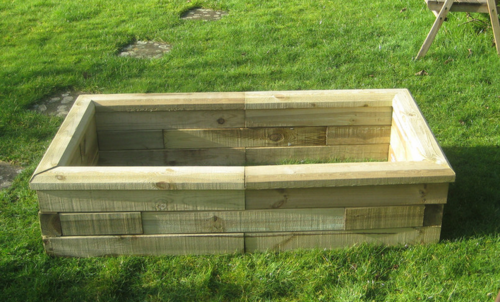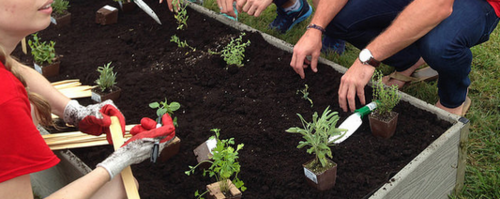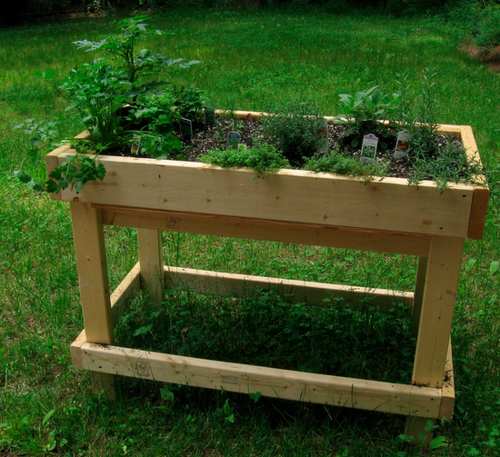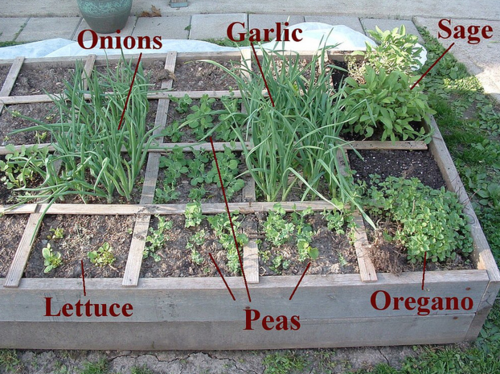A raised herb garden is a garden created when the chosen herbs won't grow in the garden soil because it is too heavy or is unsuitable for herbs and cannot be amended with ease.
Another good reason for making a raised herb garden is to make the gardening experience easier for people who have a disability (such as needing to use a wheelchair or crutches), infirmity (such as an illness that affects energy levels) or difficulty with gardening at lower levels (such as back or leg problems).
Making the raised herb garden[edit | edit source]

Check out Raised bed gardens for some useful advice on creating raised bed gardens. Position to raised herb garden where the conditions are best for the herbs, usually a sunny position with low wind levels.

When planning the raised herb garden, give consideration to access and the persons who will need to be able to access the garden. For example, if you need wheelchair access or smooth pathways for someone using crutches, ensure that this is included in the design needs.
In some cases, a raised garden bed can be built very high, so that a standing person can tend to it and doesn't need to bend at all. The image below shows one such example that can be built easily from wood, in the same manner as a planter on stilts.

Selecting herbs (and plants)[edit | edit source]
Avoid growing herbs that will grow too tall for the person tending them to manage well. Good herbs include thyme, trailing (not upright) rosemary, basil, marjoram, tarragon, etc. If the herb grows large and/or tall, put it into containers that can then be placed next to the raised garden or on a patio, etc.
The garden doesn't have to be grown with herbs alone. You can add flowers and vegetable plants too, bearing in mind that they shouldn't be too big. Edible flowers make the best choice, to allow everything in the garden bed to be edible.
